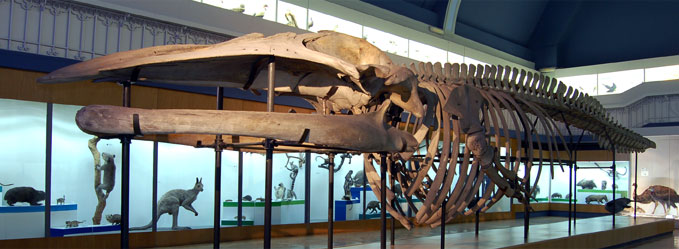
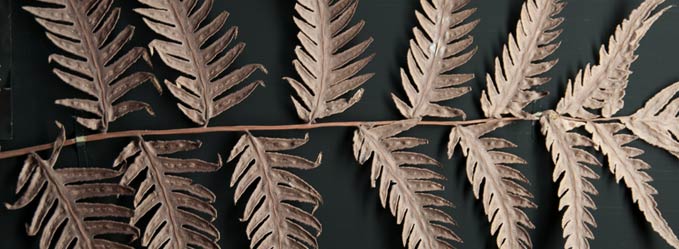
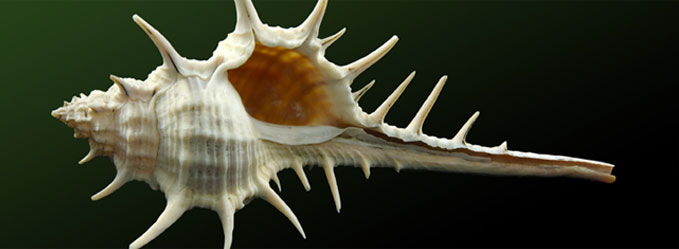
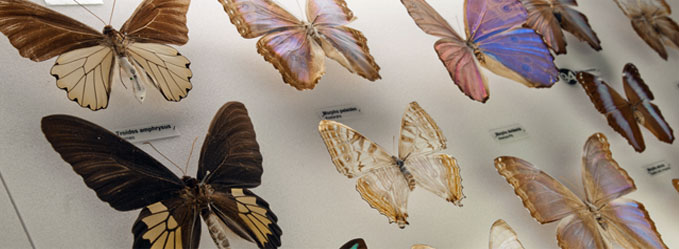
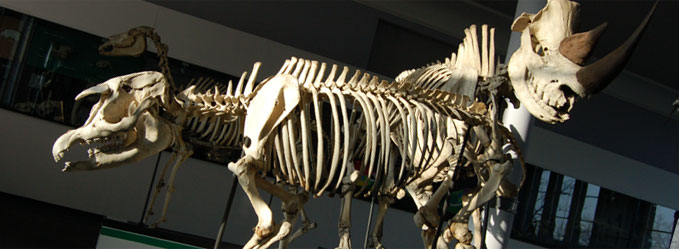
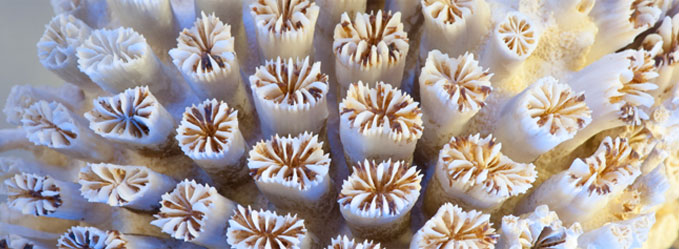
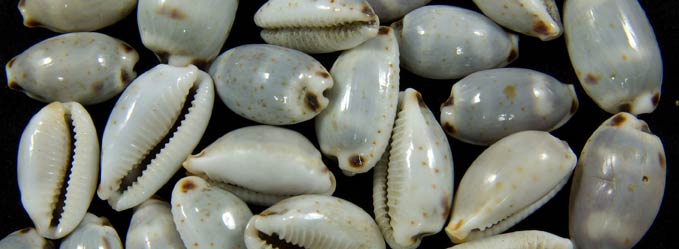
Monday: closed
Tuesday - Friday: 9.00-16.30
Saturday - Sunday: 10.00-17.30
more information
Herbarium
Building up of the botanical collection in Wrocław started in 1821, when Treviranus (Director of the Botanical Garden in 1815-1830) created the first herbarium of the city - Herbarium horti botanici Vratislaviensis. The herbarium contained dried specimens of plants imported from abroad or ones cultivated in the Garden. With the passage of time the herbarium was expanding also thanks to donations or purchases, and as a result of special scientific expeditions or exchange co-operation with other research institutions.
In the 1850s the next director of the Botanical Garden, H.R. Goeppert, commenced accumulating of the museum botanical collection. This one was to comprise all fragments of plants that could not be put between herbarial sheets and stored in the herbarium proper. As museum specimens, Goeppert categorized larger leaves, inflorescences, fruits, seeds, roots, fragments of trunks and their cross-sections, pharmaceutical raw materials and others of plant origin, such as paper, strings, rags, fibres, wax, etc., coming from different climatic zones.
In 1878 another museum came into existence, in which fragments of petrified fossil tree trunks were exhibited (they are still on display in the UWr Botanical Garden). The greatest expansion of the Botanical Garden Herbarium fell on the turn of the 19th century to 20th century, when Ferdynand Pax (senior) was the director of the Botanical Garden. In this period a lot of new material was acquired by German researchers during their scientific expeditions to Africa and Asia. Just before World War II the Herbarium collection numbered 600 000 sheets. Simultaneously with the development of the Botanical Garden Herbarium, the Silesian Herbarium was being built by members of the Schlesische Gesellschaft für Vaterländische Cultur society established in 1809. The society was active for 130 years, leaving as its output the Silesian Herbarium, which in 1935 was composed of over 80 000 sheets.
In the winter 1944 all collections comprised within the two Herbaria were evacuated to peripheral districts of Wrocław or to various towns in the region of Lower Silesia. They were recovered as late as 1946-1947, earlier however a substantial part, estimated at 60%, sustained damage. The ruined part of the material included a large number of descriptive types of different groups of plants.
After the two collections had been joined, the Herbarium of the University of Wrocław Botany Institute was created, which subsequently got incorporated into the Museum of Natural History. In the post-war period the regained part of the herbarium collection and the preserved part of the museum plant collection were tidied up and catalogued again.
Incessantly the Herbarium enriches its collection through exchange with foreign institutions and gathering plants in the entire territory of Poland. According to current estimation, we have succeeded to retain the same number of specimens as possessed before World War II. At present the Herbarium collection comprises the following:
The more important Herbarium's collections are those of C.G. Baenitz (Europe, America), J. Bornmüller (cryptogamous plants), H. Handel-Mazzetti (China), F.K. Karo (Poland), A. Krawiec (Silesia), H. Krzemieniewska (Myxomycetes, Poland), K.A. Lauterbach (50 000 sheets, including numerous types from the areas of the Philippines, New Guinea, New Zealand and Australia), K.G. Limpricht (Bryophyta, Silesia), F. Pax (Tatra Mts), G.L. Gravenhorst (cryptogams of Europe), F. Reinecke (Samoa), B. Schröder (cryptogamous plants, East Africa, Silesia), J. Schroeter (Fungi, Myxomycetes, Silesia), T. Schube (Silesia), de Thümen (Fungi), J.E. Tilden (algae, America), R. Uechtritz (Silesia), H. Winkler (East Africa), G. Zenker (Kamerun). The collections are divided in the following sections:
Collection’s Curators
dr hab.Krzysztof Świerkosz
profesor Uniwersytetu
krzysztof.swierkosz@uwr.edu.pl
dr Marek Halama
marek.halama@uwr.edu.pl
dr Ewa Lenard
ewa.lenard@uwr.edu.pl
